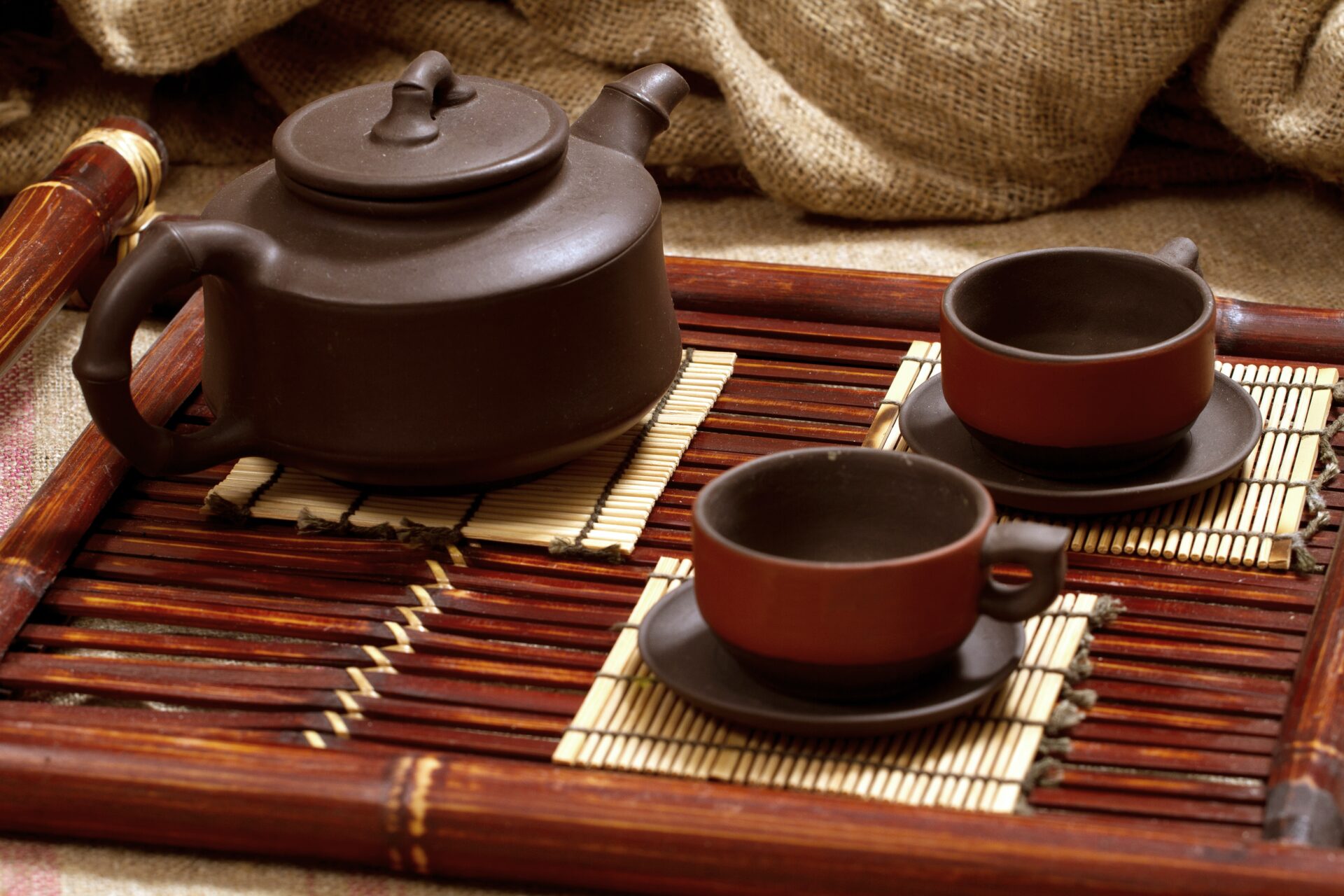When it comes to shopping for a clay teapot, the process can be both exciting and challenging. However, for those who are just starting their journey, finding detailed and reliable information can be quite difficult. In this comprehensive guide, we will delve into the key considerations to keep in mind when selecting a clay teapot. Whether you have your eyes set on Yixing, Jianshui, or other types of clay pots, this article aims to provide valuable insights and guidance.
Factors to Consider When Choosing a Clay Teapot:
Authenticity:
In the world of tea and clay teapots, it is crucial to be cautious about claims that seem too good to be true. Stories abound about teapots with magical properties that can alter the flavor of tea, as well as instances where shoe polish has been used to imitate vintage pots. It’s important to note that authentic Yixing clay pots can be quite expensive due to the closure of many mines by the Chinese government. Be wary of mass-produced pots with unusual shapes or excessive decorative elements. Consider purchasing teapots with authentic certificates or conducting a home lead test to ensure your teapot’s genuineness.
Size and Brewing Style:
Clay teapots are particularly suitable for gongfu-style tea brewing, where smaller pots are generally preferred. Larger teapots require a significant amount of tea leaves, making them more suitable for serving a crowd. For personal use, it is recommended to choose an infusion pot with a capacity not exceeding 250ml, with 150ml being an ideal size. Additionally, take into account the shape of the teapot, as it can influence the brewing process. Teas with larger leaves, such as puerh, thrive in smaller pots with wide openings, while taller pots with smaller openings are perfect for aromatic oolongs. Opt for teapots with designs that are easy to clean, avoiding those with narrow passages or very small openings.
Water Absorption:
A high-quality clay teapot should possess the ability to absorb water rapidly. When you pour tea or hot water into the teapot, you should observe quick drying. This rapid absorption enhances the development of a smooth and lustrous patina over time. Some tea enthusiasts even apply tea to their teapots to expedite this natural process. Look for teapots and tea pets that demonstrate this desirable water absorption quality.
Heat Retention:
One of the reasons why clay teapots are favored over porcelain or other materials is their superior heat retention properties. The additional heat helps extract the rich flavors and aromas of the tea. Thicker-walled pots retain heat more effectively compared to their thinner counterparts. Consider the type of tea you frequently brew: young sheng puerh and white tea benefit from less-thick pots, while shou puerh and roast oolongs benefit from greater warmth during the brewing process.
Pouring Efficiency:
The pouring ability of a clay teapot is crucial for achieving optimal brewing results. A slow, dribbling stream can lead to over-brewed and astringent tea. A well-made teapot should provide a quick and clean pour. An effective way to test a teapot’s craftsmanship is to seal any air gaps (typically found in the lid or handle) with your fingers. The water flow should cease completely, indicating a perfect fit.
Conclusion:
Choosing the right clay teapot involves considering factors such as authenticity, size, brewing style, water absorption, heat retention, and pouring efficiency. These aspects are crucial for enhancing your tea-drinking experience. So, invest wisely in a high-quality clay teapot that brings out the best flavors and aromas in every brew. Happy tea shopping and brewing!
What are you looking at when buying clay teapots? Are there any items that you think should be included on this list? Tell me about it via the comment section below!
Pin It to Remember!



Leave a Reply
You must be logged in to post a comment.